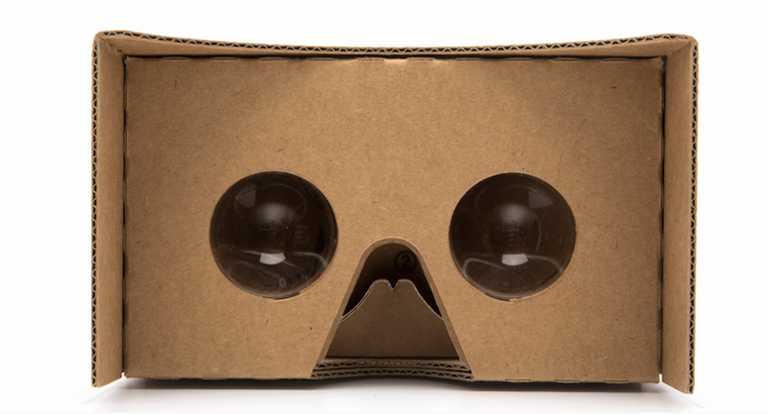Ask most tech pros to name the leading VR platform, and they’ll probably say “Oculus Rift.” But according to an announcement this week at Google’s I/O conference in San Francisco, it’s actually Google Cardboard, an ultra-simple, ultra-cheap platform that made its debut last year. According to Google, Cardboard has shipped a million units to consumers in the past year. How did the company pull off that feat, especially for a platform that’s not very technologically advanced? Through a strategy that, fortunately, even developers with a fraction of the resources can emulate:
Focus on Inexpensiveness
In contrast with Oculus Rift, which may cost thousands of dollars once users pair it up with a top-of-the-line PC, Cardboard is dirt cheap: the actual headset, powered by the user’s existing smartphone, is made out of cardboard, which isn’t exactly a rare resource.
Keep Things Stupid
Activate an app on your smartphone, pop it into a slot in Cardboard’s front, and—presto!—instant virtual world. Even for those people who don’t consider themselves technically adept, that’s a pretty low barrier to entry.
Make the Platform as Open as Possible
Rather than keep Cardboard locked on the Android platform, Google has expanded it out to iOS. Developers should have a (relatively) easy time building apps and games for the platform, and even amateurs can shoot immersive video via the odd-looking Jump camera rig. While many hardware and software developers may craft a product with the aim of making it as feature-rich and high-margin as possible, there’s evidently something to be said for making things simple—even ludicrously simple—and low-cost. As Cardboard demonstrates, that strategy can sometimes lead to a substantial audience.

